States are getting US$39 billion from the federal government to support child care. The money comes from the $1.9 trillion relief package that President Joe Biden signed in March 2021 and is on top of $10 billion for child care included in the $900 billion relief package former President Donald Trump signed in December 2020. The funds will help child care programs stay open and reopen, while also making it easier for some parents to resume paid work, according to details the Biden administration released April 15, 2021.
Taryn Morrissey, a former senior adviser on early childhood policy during the Obama administration, answers five questions about how this funding will help parents get back to work and what effects this funding might have on the economy.
1. How can these funds help parents get back into the workforce?
Schools and child care centers shut their doors nearly overnight in early 2020 when the COVID-19 pandemic upended daily life, disrupting the work-family balance for households with children.
Mothers have historically shouldered most of the child caregiving, and the increased scale of these responsibilities during the pandemic was no different. Not surprisingly, women – especially those with young children – left the workforce by the millions.
As many Americans return to their physical workplaces, more of the estimated one-third of the American workforce – 50 million people – with children under 14 will will likely need child care.
But child care is now even harder to find and afford. Child care centers and other providers operate on razor-thin margins. Many permanently closed their doors after the temporary closures. Other child care programs experienced lower enrollment and higher costs during the pandemic, and now must charge parents higher fees and struggle to find staff willing to accept very low wages. Some of the child care programs that are open are operating at a loss.
2. Did child care meet the public's needs before the coronavirus pandemic?
High-quality child care has been scarce and unaffordable for decades.
In 2018, more than half of Americans lived in "child care deserts" – areas with fewer than one slot in a licensed child care program for every three young children. In most areas, the annual cost of full-time, center-based child care for infants exceeds tuition and fees at four-year public colleges. Families with children under age 5 spend on average 11% of their income on child care.
But despite how expensive it is, child care staff – disproportionately women of color – make poverty wages. In 2019, median wages for child care workers hovered near $11 per hour. Few have benefits like health insurance or paid leave, even during a pandemic.
Research shows that the low wages in child care and early education are associated with higher turnover, which leads to lower-quality care and poorer measures of children's readiness for kindergarten.
3. Is this just a big-city problem for wealthy professionals?
The lack of affordable, high-quality child care is a problem that cuts across geography and the income spectrum.
Rural families and Latinos in general are more likely than others to live in places where licensed child care is particularly hard to find. Families below the poverty line spend about 30% of their incomes on child care, but even families with incomes above 200% of the poverty line spend an average of 7%.
Because it enables parents to work, the child care sector serves as economic infrastructure for society as a whole. The sector itself directly employs more than 2 million workers and generates an estimated $47 billion in revenue, about the same as spectator sports. And yet a shortage of stable, high-quality care can interfere with both a parent's employment and their child's development. Prior to the pandemic, the business group ReadyNation estimated that the U.S. economy missed out on $57 billion each year in lost earnings, productivity and revenue from the lack of reliable child care.
4. What will these federal child care funds pay for?
The federal government has never spent this much in a single year on child care before.
Some $24 billion will be distributed via a formula to states and territories, which have considerable flexibility in deciding how to spend this money. They can provide relief grants to child care providers to pay their bills or pay off debts, improve their facilities or buy supplies, or to rehire and retain staff by paying higher wages and providing better benefits.
The rest of the funds – $15 billion – will be distributed as supplemental funds for the Child Care and Development Fund, a federal-state partnership that subsidizes child care for children in low-income working families. States can also use funds to expand child care subsidies, increase provider reimbursement rates or reimburse subsidized programs based on enrollment rather than attendance – which becomes a major issue during health emergencies.
Before the pandemic, only 15% of families with eligible children received subsidies, and reimbursement rates were very low.
5. What else can the government do?
While I believe that the historic amount of aid, now totaling about $50 billion, is necessary for the nation's economic recovery, this one-time infusion of money won't go far enough to build the early care and education system the U.S. already needed before the pandemic.
In our book "Cradle to Kindergarten: A New Plan to Combat Inequality," my co-authors and I propose a more comprehensive approach. In addition to expanded child care subsidies for low- and moderate-income working families, it includes paid family leave, public school enrollment beginning at age 3 instead of in kindergarten, and compensation for early care and education staff that is commensurate with their education and experience.
Taryn Morrissey is an Associate Professor of Public Administration and Policy at American University School of Public Affairs
This article first appeared on The Conversation. You can read it here.










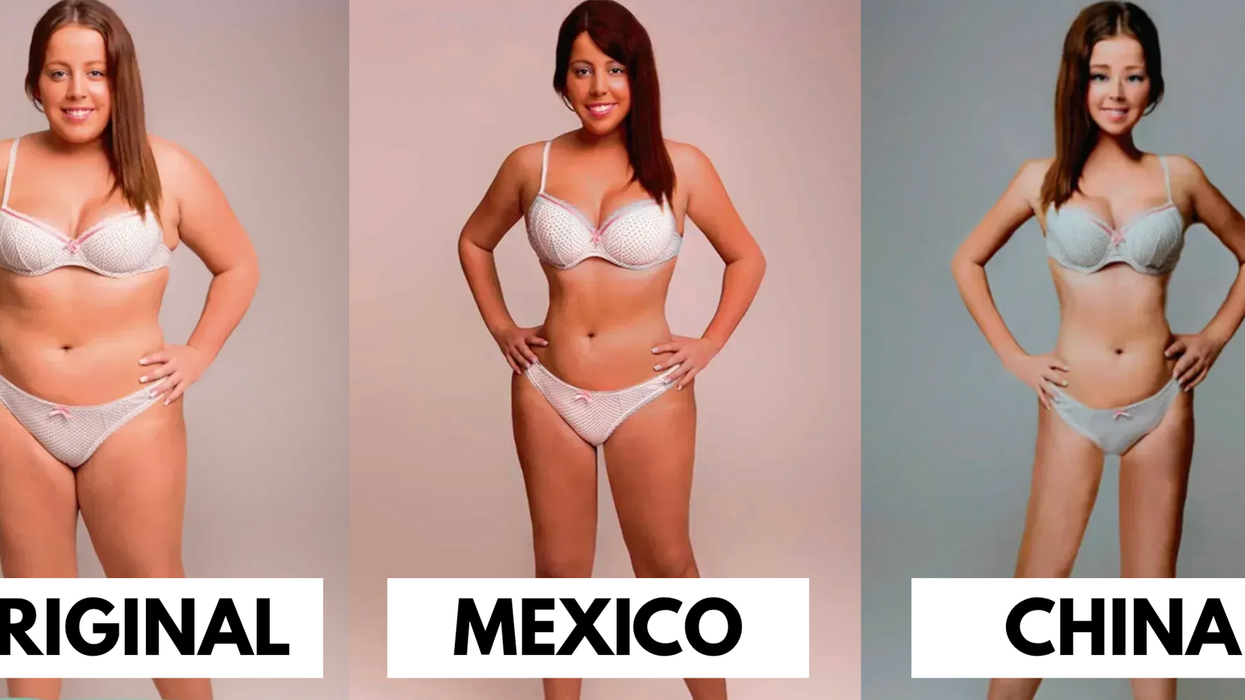




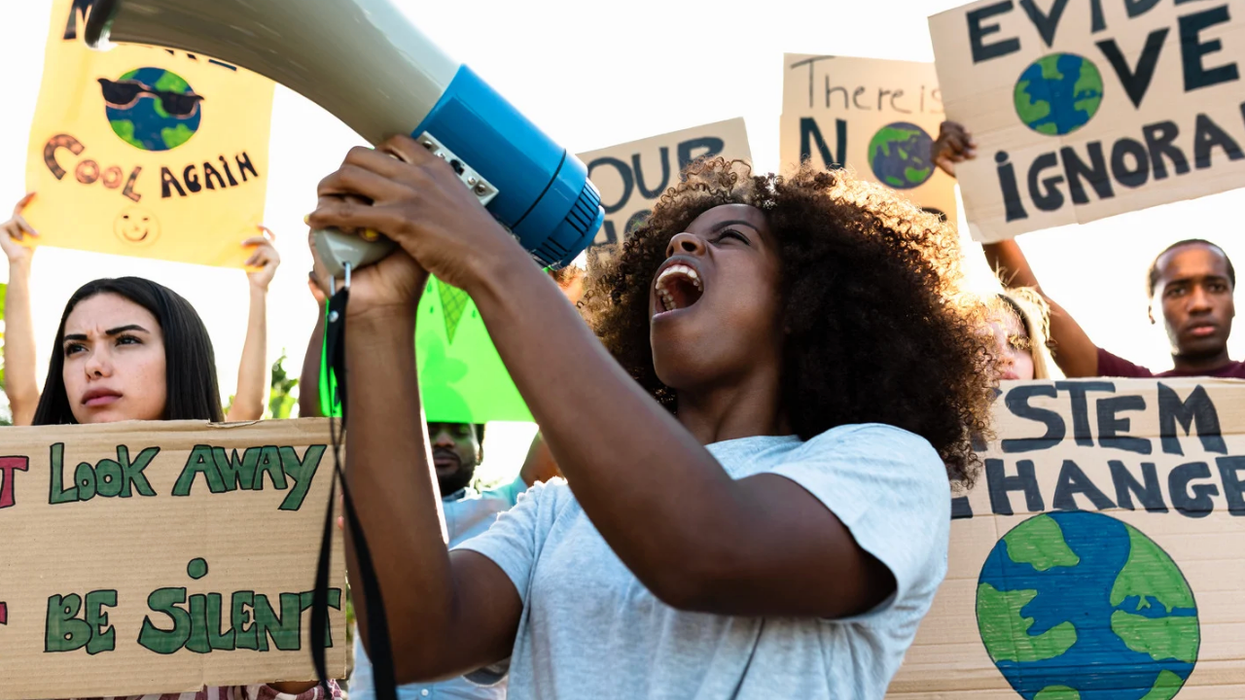
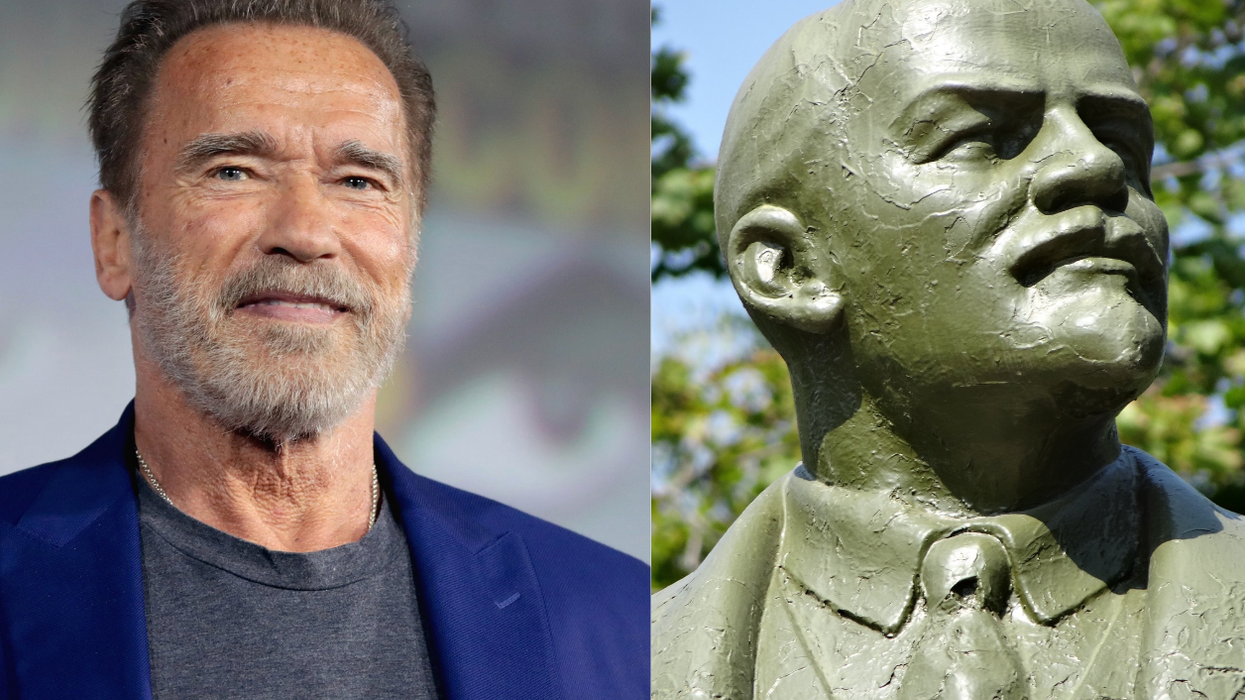
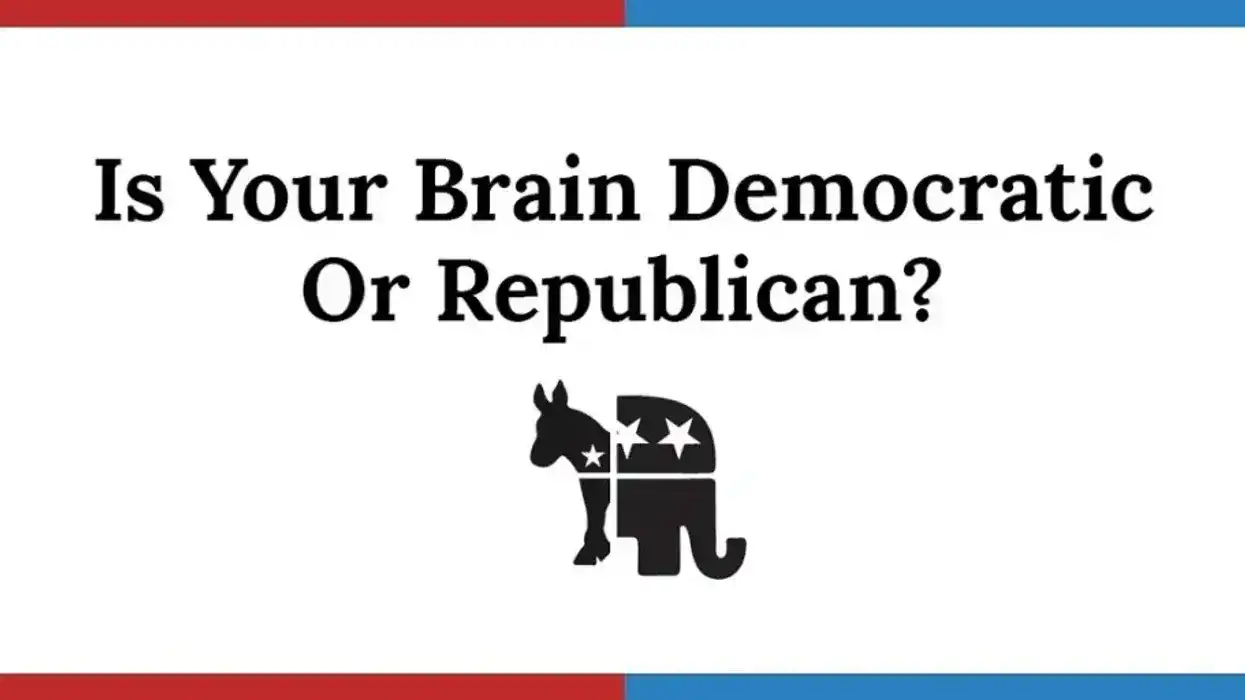
 Man holds an "I Voted" sticker Canva
Man holds an "I Voted" sticker Canva Traveller takes photos with their phoneCanva
Traveller takes photos with their phoneCanva A community converges at a town squareCanva
A community converges at a town squareCanva

 the office fist bump GIF
the office fist bump GIF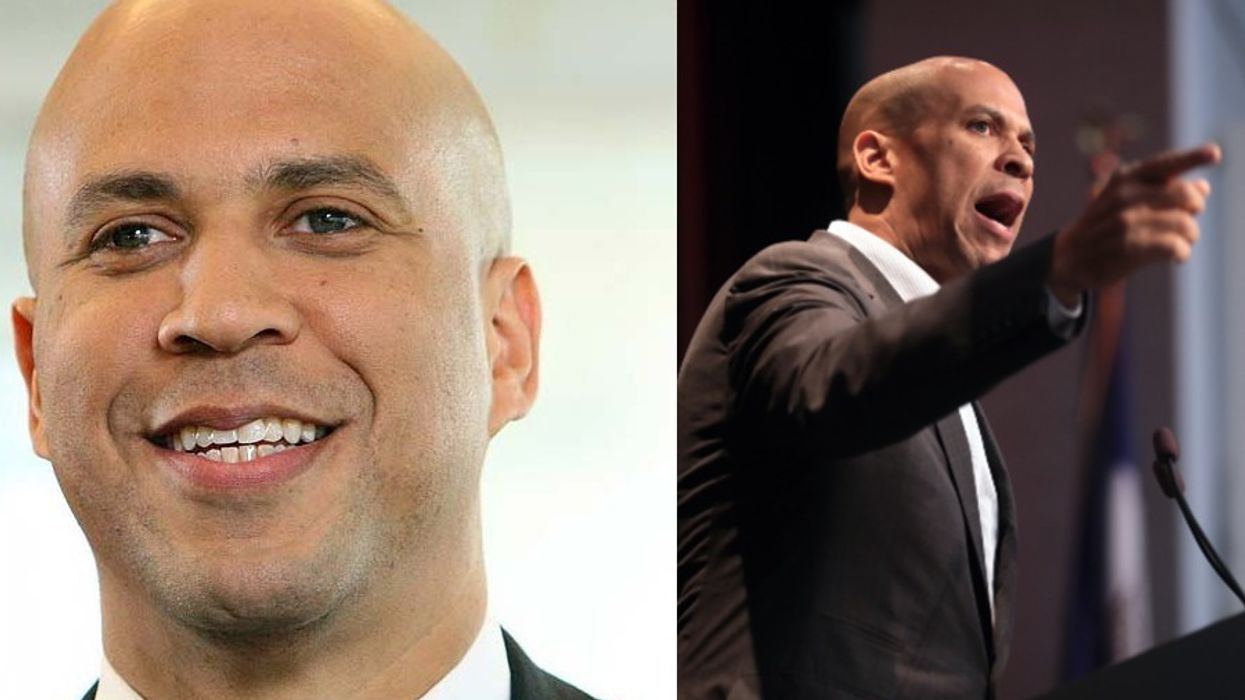

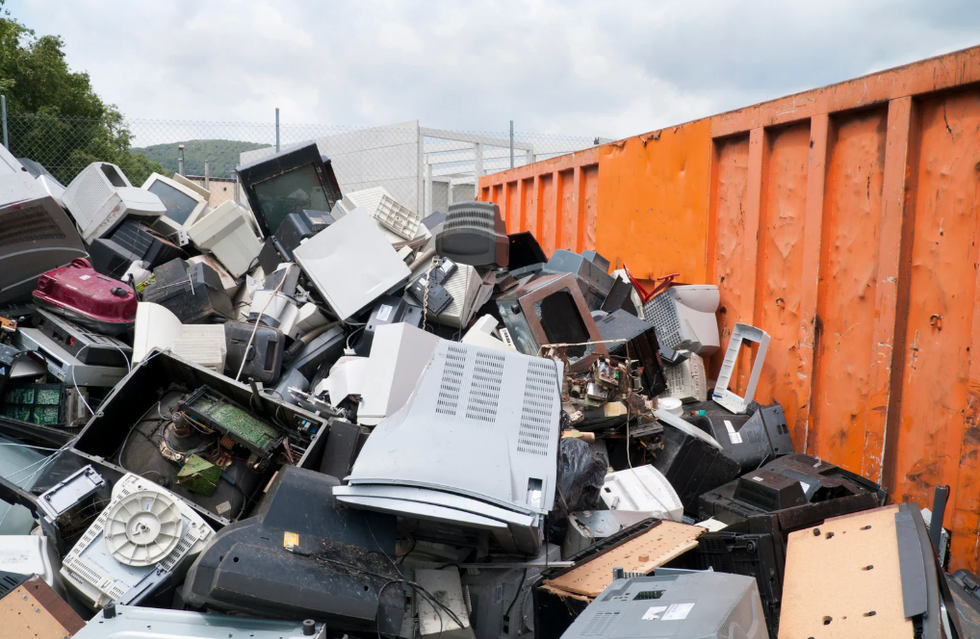 Right-to-repair laws could cut down on e-waste in our landfills.Photo credit: Canva
Right-to-repair laws could cut down on e-waste in our landfills.Photo credit: Canva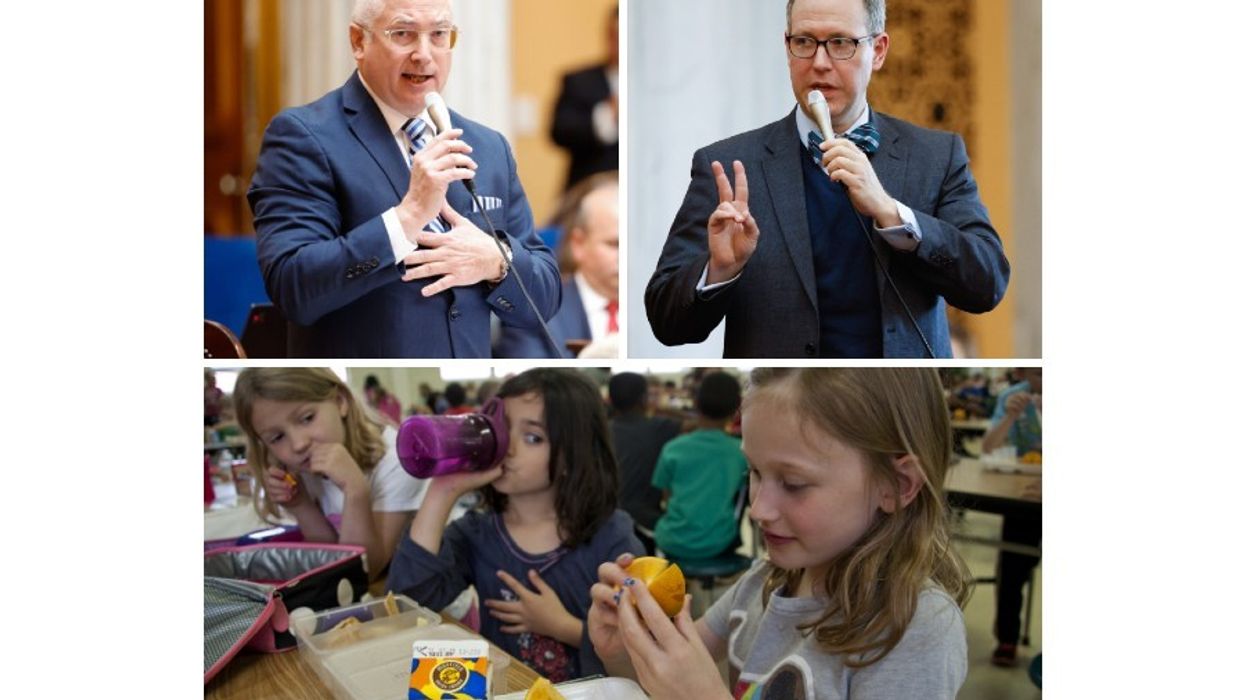
 Fed students do better in school.Photo credit: Canva
Fed students do better in school.Photo credit: Canva